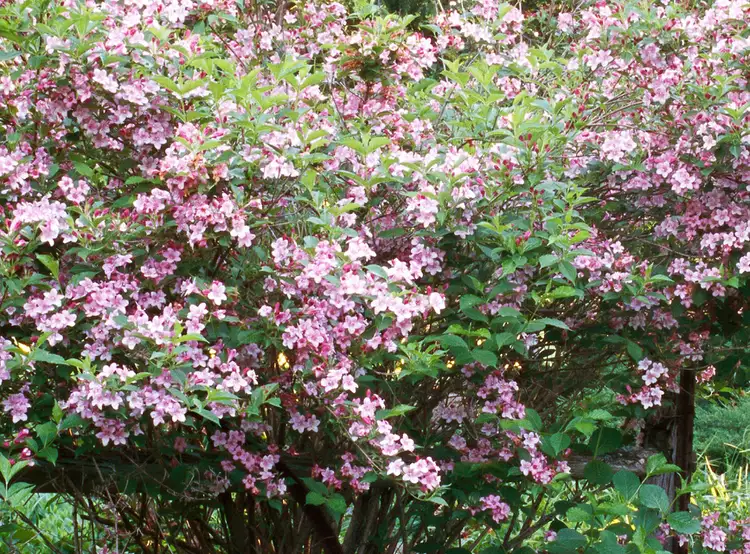If you want to add color to your house, blooming shrubs are the way to go!
They look especially nice at the front of your house, making it more welcoming. But which ones are the best? And are they easy to take care of? Don’t worry; we’ve got you covered!
Check out our list of the most beautiful and low-maintenance shrubs for the front of your house.
Blue Star Juniper
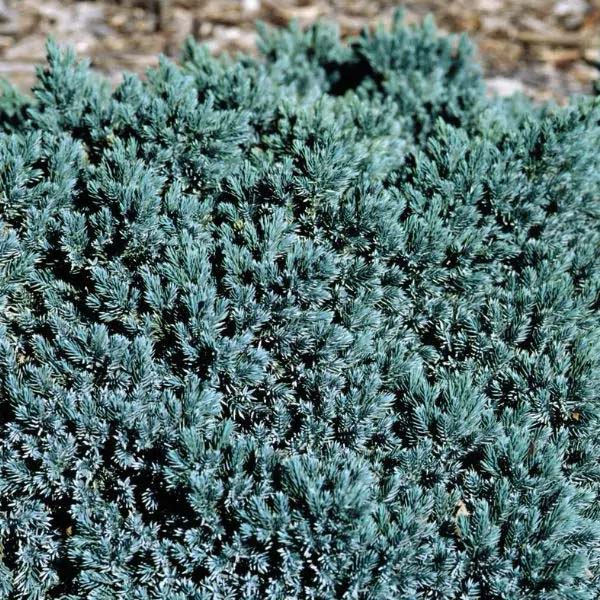
The Blue Star juniper is a shrub to consider if the front of your home receives full sun.
Since they only grow to 3 feet high, they’re ideal for planting under windows.
The foliage has a silver blue color that holds well all year.
via Nature Hills
Burning Bush
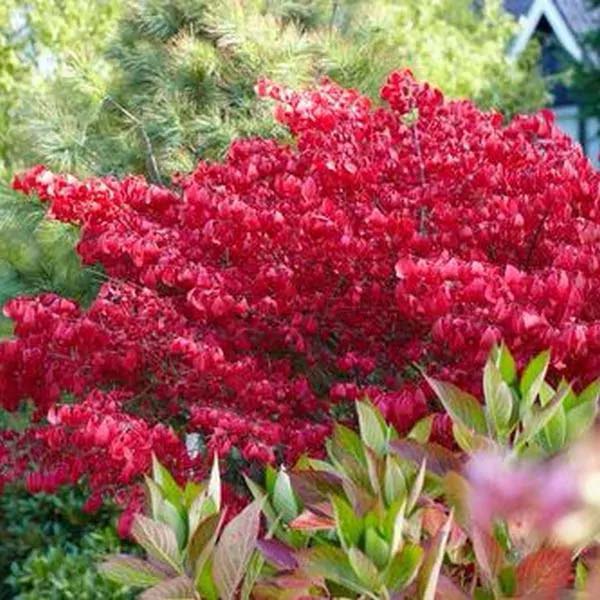
The burning bush will spread out to almost 12 feet wide and grow up to 20 feet tall.
It’s a slow growing deciduous plant whose leaves turn brilliant red in the fall. It can thrive in most climates.
via Nature Hills
Cavatine Dwarf Japanese Pieris
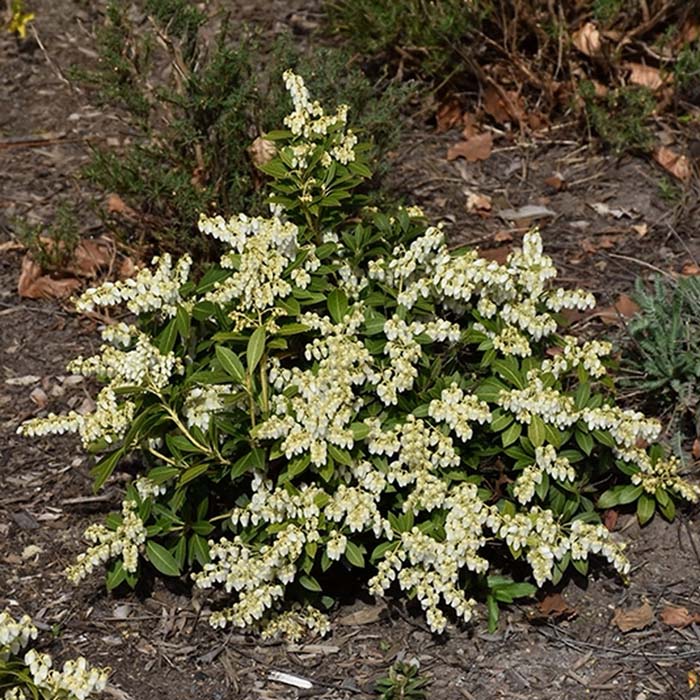
The Cavatine Dwarf Japanese Pieris is also known as Lily of the Valley. It doesn’t grow higher than 2 feet.
The white flowers stand out against its dark green leaves, making it a popular choice in front yards.
They work best in informal gardens.
It can thrive in drought-tolerant conditions, but not in direct sunlight.
via Plant Central
Cherry Laurel
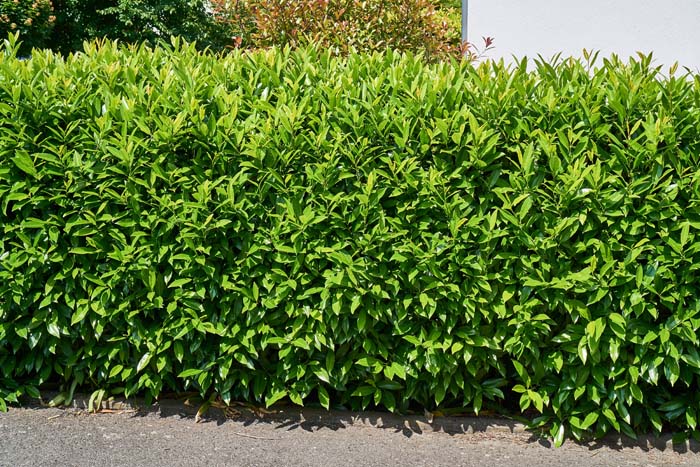
The Cherry Laurel shrub is an evergreen tree that can grow 20 to 24 feet high.
Sweet smelling white flowers blossom between May and June. After this time, tiny red fruit appears.
This tree is a good choice for small yards. It should be planted at least 5 feet from your home.
Dense Spreading Yew
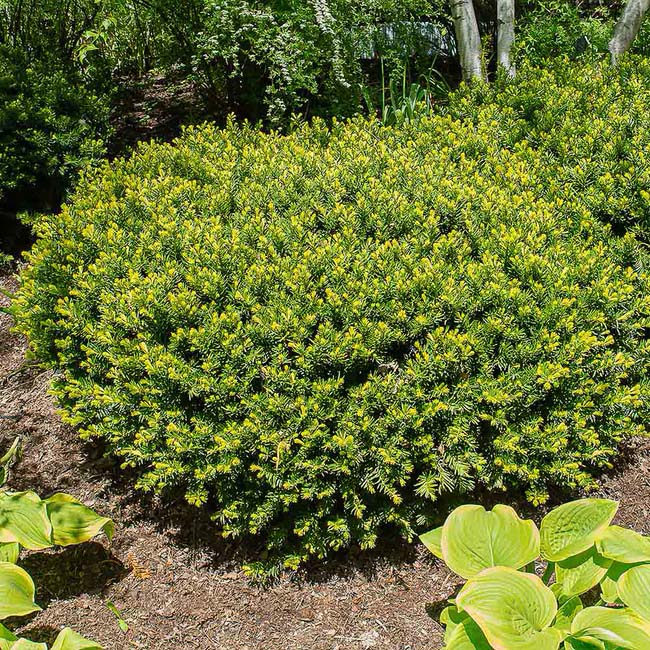
The Dense Spreading Yew is a versatile, slow-growing shrub that works as hedging or as a border.
It’s a common foundation plant and is comfortable underneath windows.
Its most popular use is as a foundation planting. Its dark red berries stand out against its dark green leaves.
Dwarf Black Spruce
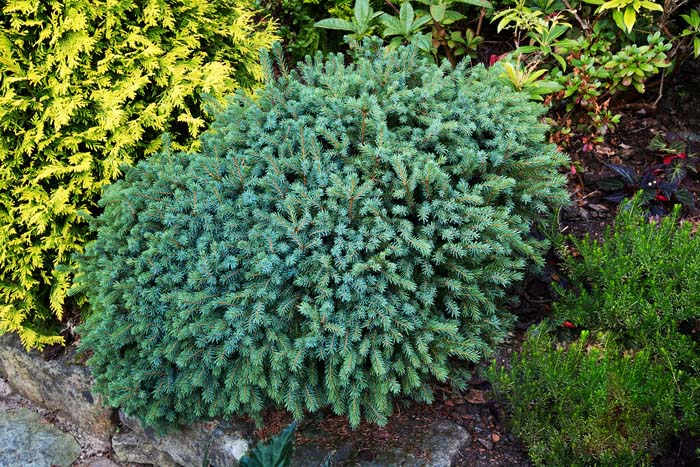
The Dwarf Black Spruce is a small, round evergreen shrub with silvery leaves.
It’s a slow growing plant that can live up to 50 years. Its short branches keep its foliage low to the ground.
via The Tree Center
Dwarf Leucothoe
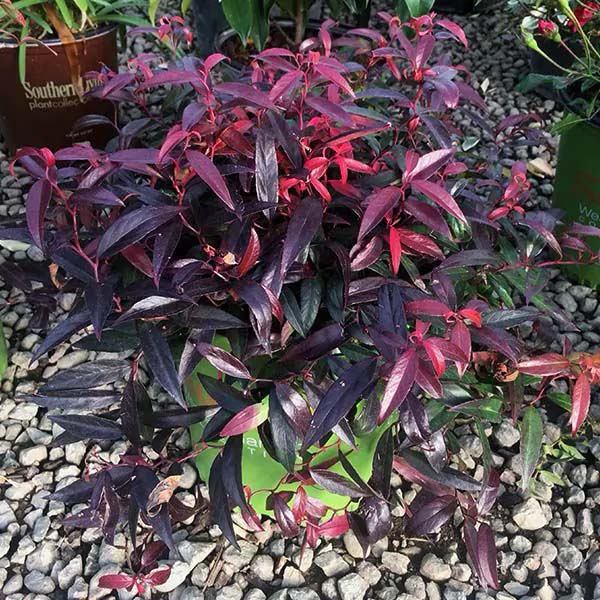
Dwarf Leucothoe is a low-maintenance evergreen with a fresh scent.
The red leaves and stems make this a fresh-looking shrub through the winter months.
It thrives in partial sunlight. It will grow out to 3 feet wide and almost 5 feet tall.
via Nature Hills
Elegantissima Dogwood
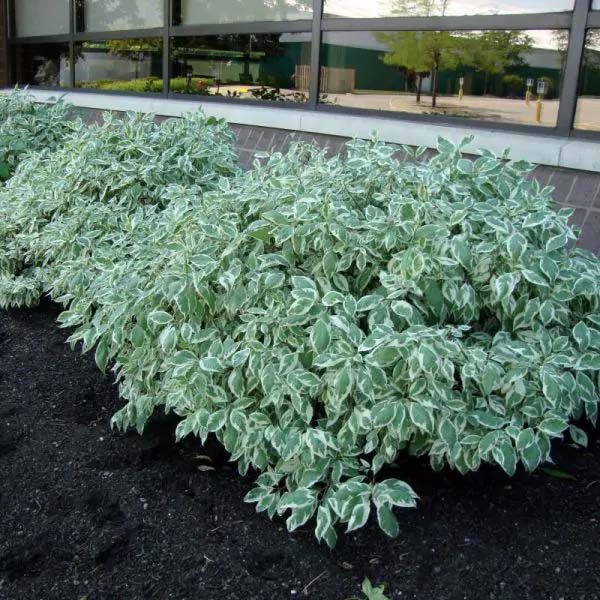
Elgantissima Dogwood is a great choice for adding color to your landscape when most other plants are dormant. They’ll thrive in most types of soil with full sun exposure.
In the spring, white flowers bloom and hold a wonderful fragrance. These turn into berries which are white with a green and blue tint.
In the fall, the leaves put on a classic autumnal show by changing to gold and deep red. In the winter, its stems turn red. This makes it a great border shrub, but it also looks fine as an ornamental decoration.
It’s a good ornamental tree that can be planted near your home.
via Nature Hills
Emerald N Gold Wintercreeper
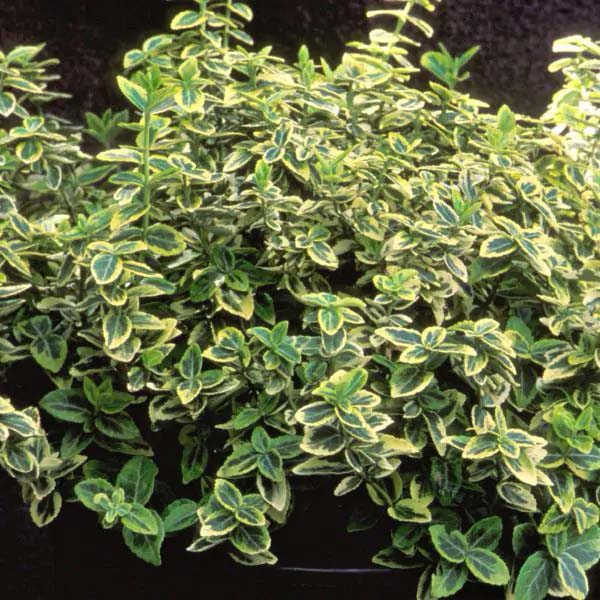
The Emerald ‘N Gold belongs to the Wintercreeper family of evergreen shrubs.
They’re easily identified by their bright green and yellow leaves, which will change to red and pink through autumn and winter.
They can work in a variety of ways as a foundation plant. They grow 1 to 2 feet high. This makes them an ideal plant for borders and edgings.
Before purchasing, find out if it’s considered an invasive species in your area.
via Nature Hills
Glow Girl Spirea
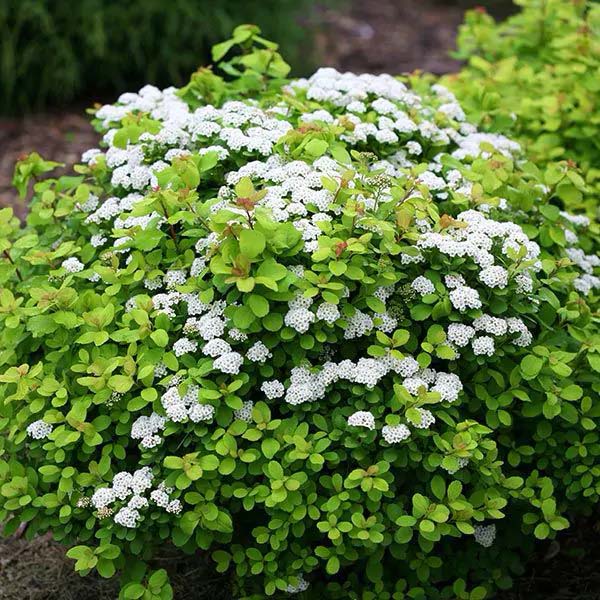
If you enjoy plants that attract butterflies and hummingbirds, consider this Glow Girl Spirea. It’s a popular pollinator that will help your vegetable garden, too.
In the spring, purple buds will blossom into white flowers. The green foliage will change to yellow as the season turns to fall.
This small shrub that works well when landscaping small yards. It can be used in containers or anywhere your yard needs color.
It’s a great foundation plant and is often used to brighten up rock gardens.
via Nature Hills
Golden Globe Arborvitae
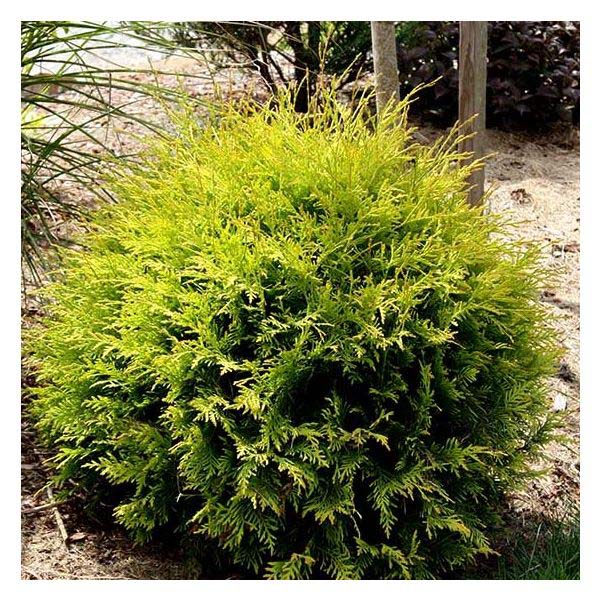
While it does well in most types of soil, Golden Globe Arborvitae thrives in a climate with consistent rainfall.
It’s a favorite to use as an accent piece. Its natural globe shape makes it easy to maintain. The yellow tips add a lot of color to this evergreen shrub.
via Nature Hills
Inkberry
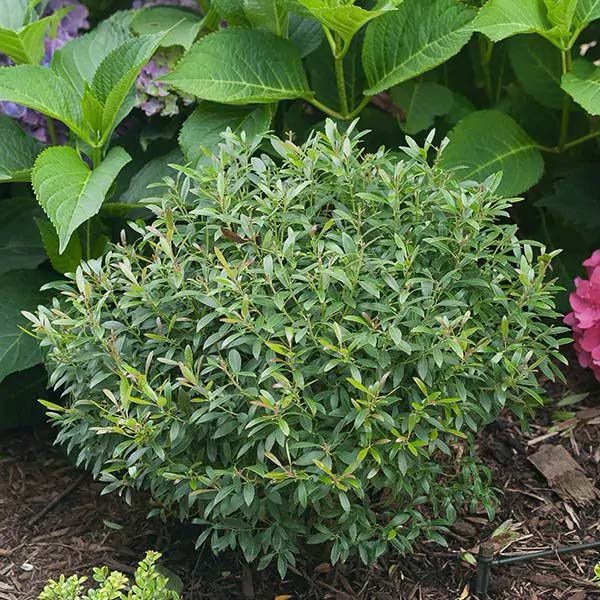
There are three main types of this evergreen. Shamrock Inkberries are commonly used as foundation plants in the front gardens of houses. Flowers bloom in the spring and summer and blackberries appear in the fall.
Inkberries rarely grow higher than 4 feet or spread wider than 6 feet.
via Nature Hills
Japanese Boxwood
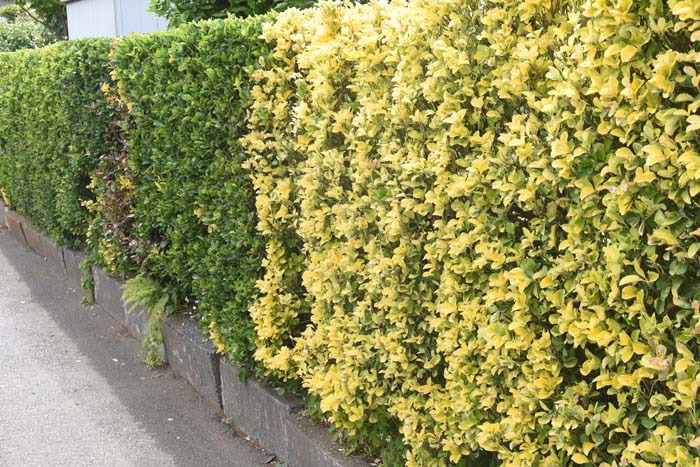
This boxwood is also referred to as Green Beauty.
Japanese boxwood shrubs will grow 3 feet tall and wide. It has lanceolate leaves, which are wider in the middle than at the base.
Japanese Skimmias
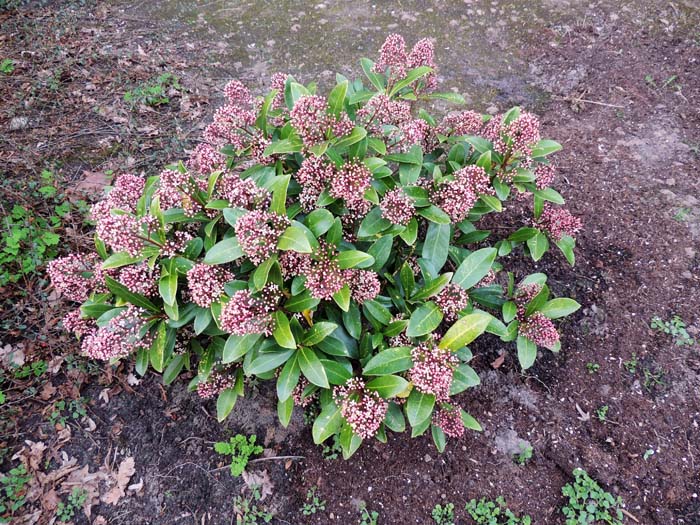
Japanese Skimmia is a round, flowering evergreen that grows 20 feet tall. Pink and white flowers bloom on this ornamental shrub most of the year.
Japanese Skimmia bushes are good flowering shrubs for attracting pollinators like hummingbirds.
Knock Out Roses
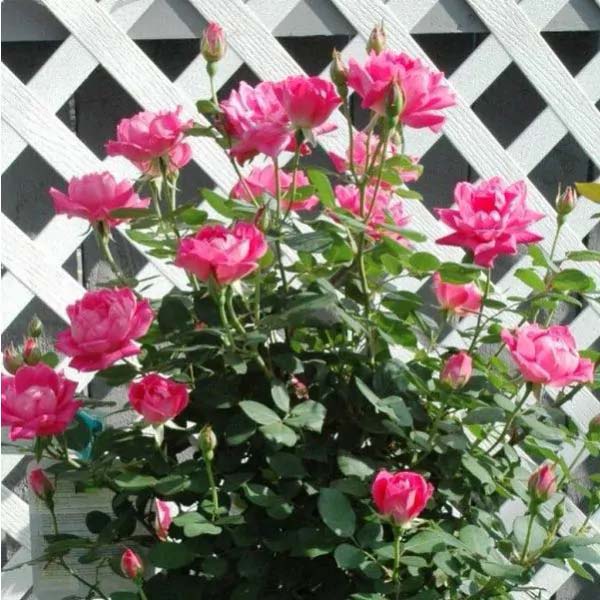
Knock Out Roses are a popular choice when you’re looking for a flowering shrub for the front of your house. It’s a low growing shrub that will grow to 4 feet.
You can choose from rose colors in white, pink, red, and yellow.
via Nature Hills
Little Giant Arborvitae
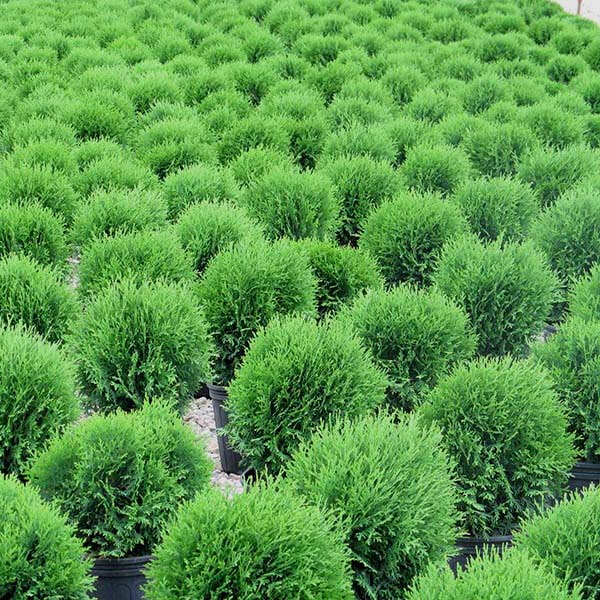
The snow globe shape of the Little Giant gives you a lot of options for creative landscaping.
This conifer grows to about 4 feet high and 10 feet wide. New leaves have a feathery look. It thrives in full sun.
via Nature Hills
Moonshadow Euonymus
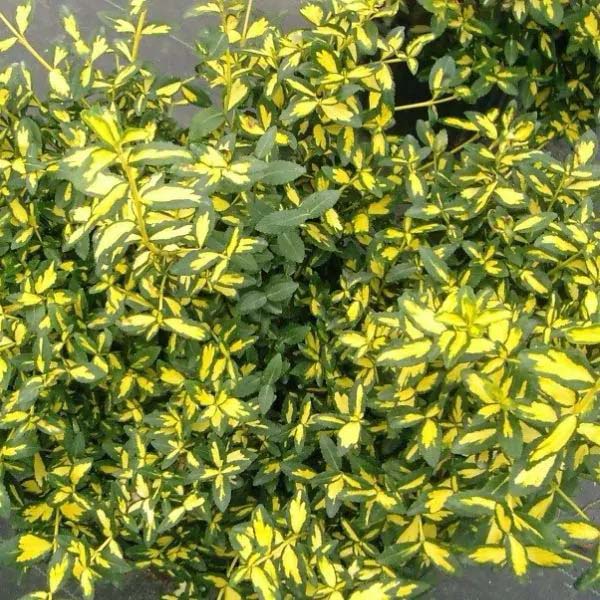
Moonshadow can work as landscaping shrubs or as ornamental plants. The leaves are green and yellow.
They have an almost surreal quality that encourages their name.
It will spread up to 5 feet wide but only grow 3 feet high, making this winter creeper ideal for borders.
via Nature Hills
Mugo Pine
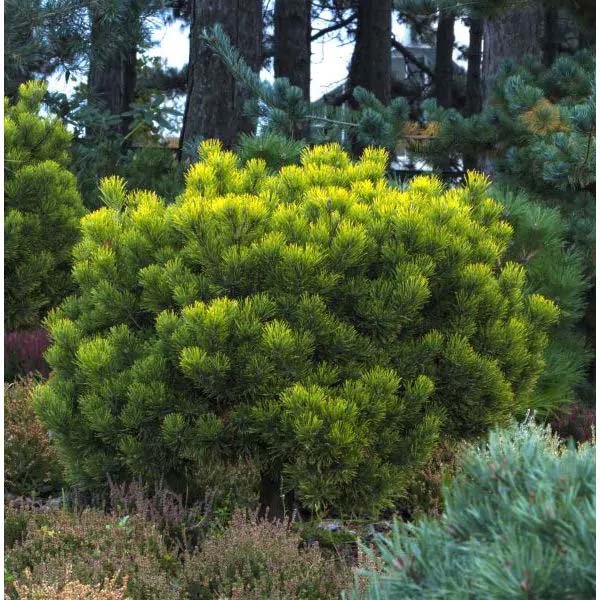
Mugo Pine is an evergreen that works well in informal gardens. It’s a hearty shrub that can handle hard seasonal changes. It loves full sun.
This dense shrub will spread its base up to 10 feet and works well on slopes. It’s often recommended for controlling erosion.
via Nature Hills
Oakleaf Hydrangea
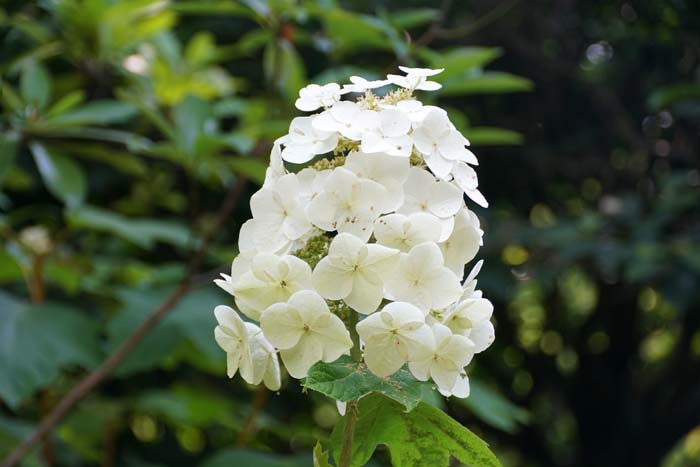
The leaves are as interesting as the flowers on the deciduous Oakleaf Hydrangea.
They resemble oak leaves that look fuzzy until they mature. In the fall, they’ll turn purple and red. The flowers start out white and will fade to purple or pink by the fall.
You’ll get the most color from this shrub if they’re planted in areas where they can soak up full sun.
Rhododendron
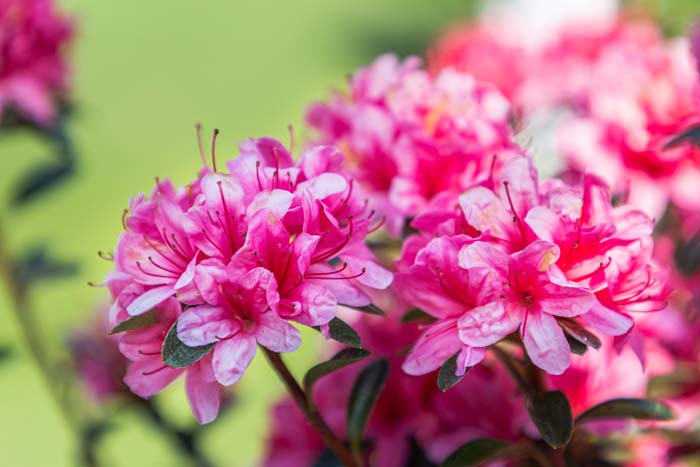
Rhododendrons are a low-maintenance evergreen that can grow 2 to 4 feet tall. It’s popular as a foundation plant.
The flowers of rhododendrons can give your landscape a color boost. Varieties available include purple, white, and pink.
Taunton Spreading Yew
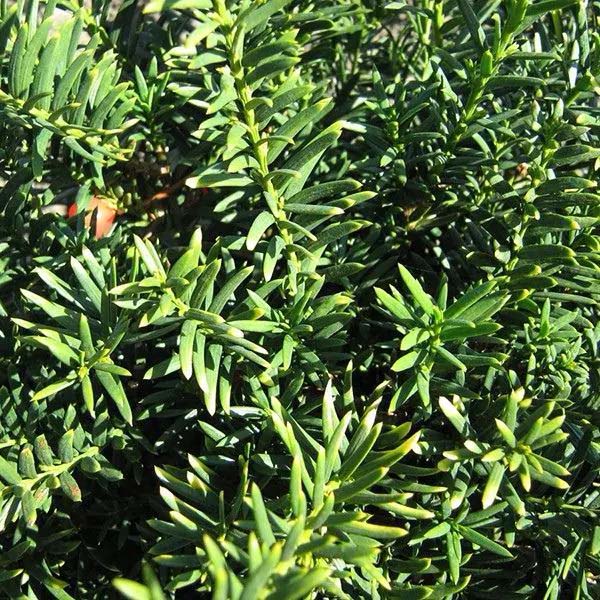
The Taunton Spreading Yew is a versatile evergreen. It can be used for screening, hedges, or ground cover.
Green foliage contrasts with its dark green needles.
It’s one of the few varieties of evergreens that thrive in full shade.
via Nature Hills


